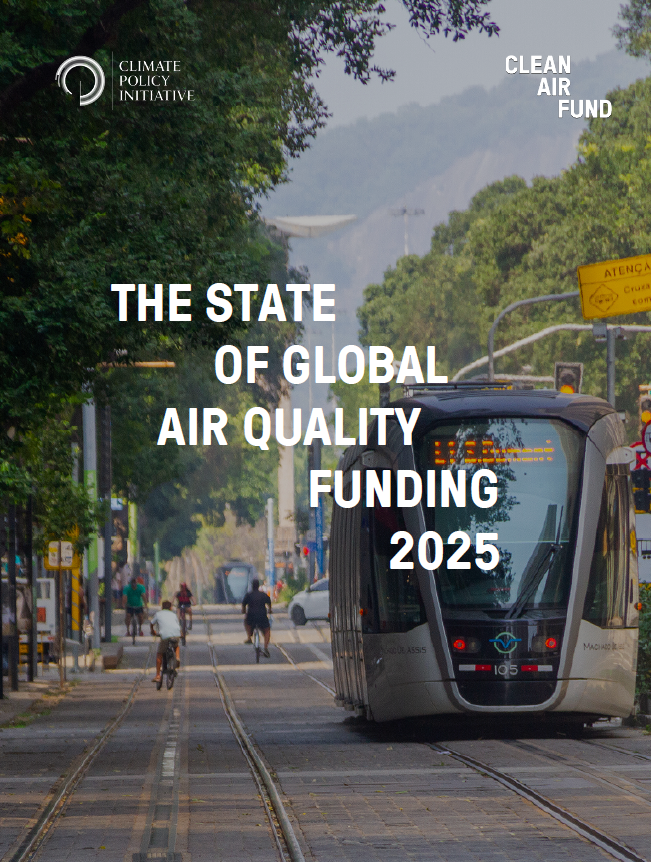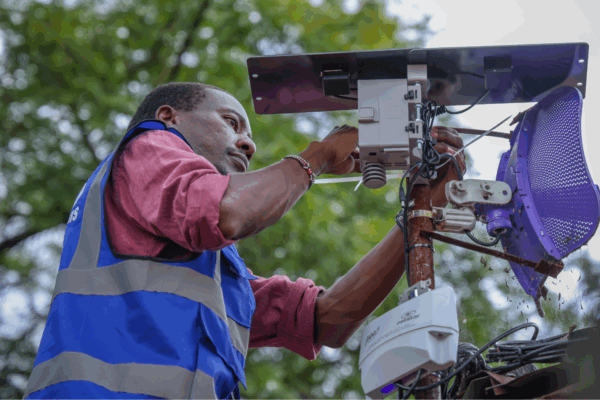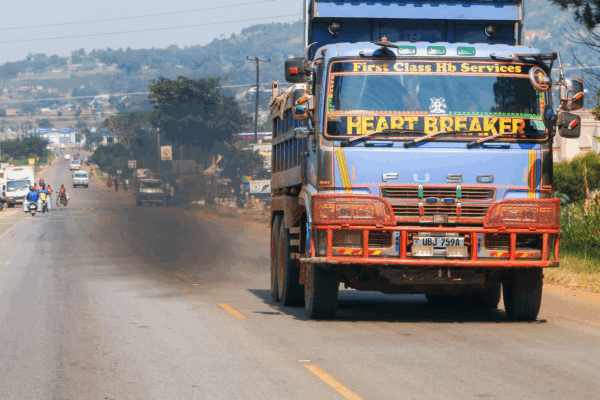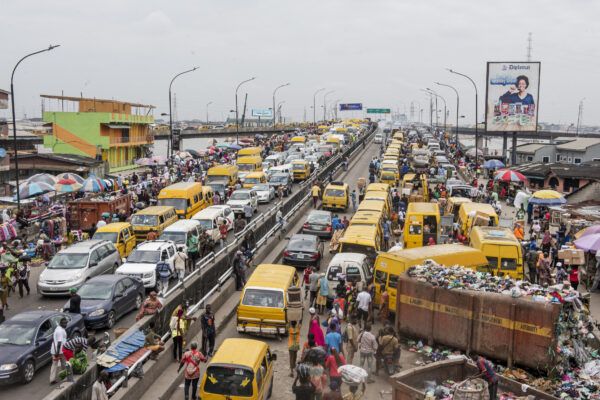Africa gets 1% of global air quality funding
Air pollution is the second biggest threat to health in Africa, yet the continent receives less than 1% of global outdoor air quality funding from governments and development finance institutions. In 2019, toxic air caused 1.1 million deaths across Africa, claiming more lives than tobacco, alcohol, motor vehicle accidents and unsafe water combined.
In 2023:
5 of the 10 most polluted countries were in Africa.
<$1 per person in air quality financing went to those African countries.
Funding is going down
Africa is experiencing the fastest rate of urbanisation in the world, leaving communities even more vulnerable to increasing air pollution and greenhouse gas emissions. The need for targeted, equitable investment in clean air has never been more urgent. Yet outdoor air quality funding to the continent declined by 69% year-on-year, from $519 million to $161 million, between 2022 and 2023.
The continent is urbanising at unprecedented speed — and if we let our cities grow on coal and diesel, we will lock in illness and inequality for decades. The 91% collapse in outdoor air-quality funding to sub-Saharan Africa last year is a wake up call. This is where investment is needed most: to save lives, protect health and create fairer, more resilient economies.
Vumile Senene, Country Lead – South Africa, Clean Air Fund
Sub-Saharan Africa is left furthest behind
Funding is concentrated in a handful of countries. Egypt is the only African country that appears in the top ten recipient countries, receiving 5% of all outdoor air quality funding between 2019 and 2023. Whereas sub-Saharan Africa receives disproportionately low (and declining) levels of funding, despite having some of the world’s most severe air pollution. The sub-region saw a 91% decrease in outdoor air quality funding, from $129 million in 2022 to $12 million in 2023.
Five of the world’s ten most polluted countries are in sub-Saharan Africa. Less than $1 per capita of total air quality financing reached these countries.
Why is funding so limited?
Air quality is rarely integrated as an explicit objective in DFIs’ projects, missing opportunities for co-benefits in health, climate, and economic growth. Interviews with DFIs found that the concerning lack of funding of Africa was, in part, due to other sectoral priorities taking precedent. Funders also perceived Asia as the larger polluter and prioritise that region.
Given the many co-benefits associated with air quality investment and the growing urgency of Africa’s rapid urbanisation, funders should align air quality funding with broader development objectives in relation to health, energy and climate.
High debt burdens and limited technical capacity often make it harder for African governments to access and deploy funding. African countries spend about $130 billion on servicing debt each year, much of it on interest, diverting crucial funds away from essential domestic services and reducing the fiscal space needed to address issues like climate change and air pollution.
Case study: South Africa
Air quality and a just energy transition through the transport sector in South Africa
Air pollution is the second-biggest threat to health in South Africa. The country’s commitment to reduce emissions is highlighted in its nationally determined contribution, while efforts to improve air quality are supported through national frameworks and mechanisms such as the Air Quality Act of 2004, the state-mandated Air Quality Advisory Committee and the South African constitution.
The transport sector is South Africa’s second-largest emitter of CO2, contributing more than 12% of the country’s emissions. Road transport alone accounts for nearly 90% of transport emissions, which could more than double by 2050 if unchecked. The Just Energy Transition strategy focuses on addressing transport emissions, which is essential to achieving both air quality and climate goals. Other major mechanisms the government has introduced to reduce transport emissions include:
-
- The Green Transport Strategy in 2018;
- Carbon taxes introduced by the National Treasury in 2019;
- The Electric Vehicle White Paper in 2023;iii and
- The Just Energy Transition Investment Plan (2023–2027).
A recent $6.3 million project co-financed by the Global Environment Facility (GEF), implemented by the United Nations Industrial Development Organization and executed by the South African National Energy Development Institute (SANEDI) aims to support the electrification of the transport sector. Early results appear promising: by 2023, South Africa’s EV sales had increased by 182% since 2019.
The breakdown of financing illustrates how private investment can drive substantial scaling of projects. In this case with targeted investment by the GEF with GEF grant and in-kind expenditures totalling $200,000, the project amassed $4.3 million in private loans and equity investments. The remaining $1.8 million originated from government in-kind expenditures (including the Nelson Mandela University, the Department of Transport, SANEDI, Department of Mineral resources and Energy and the Department of Trade, Industry and Competition).
Recommendations
What can funders do to start investing in clean air to maximise their efforts? See our actions for governments and DFIs.



